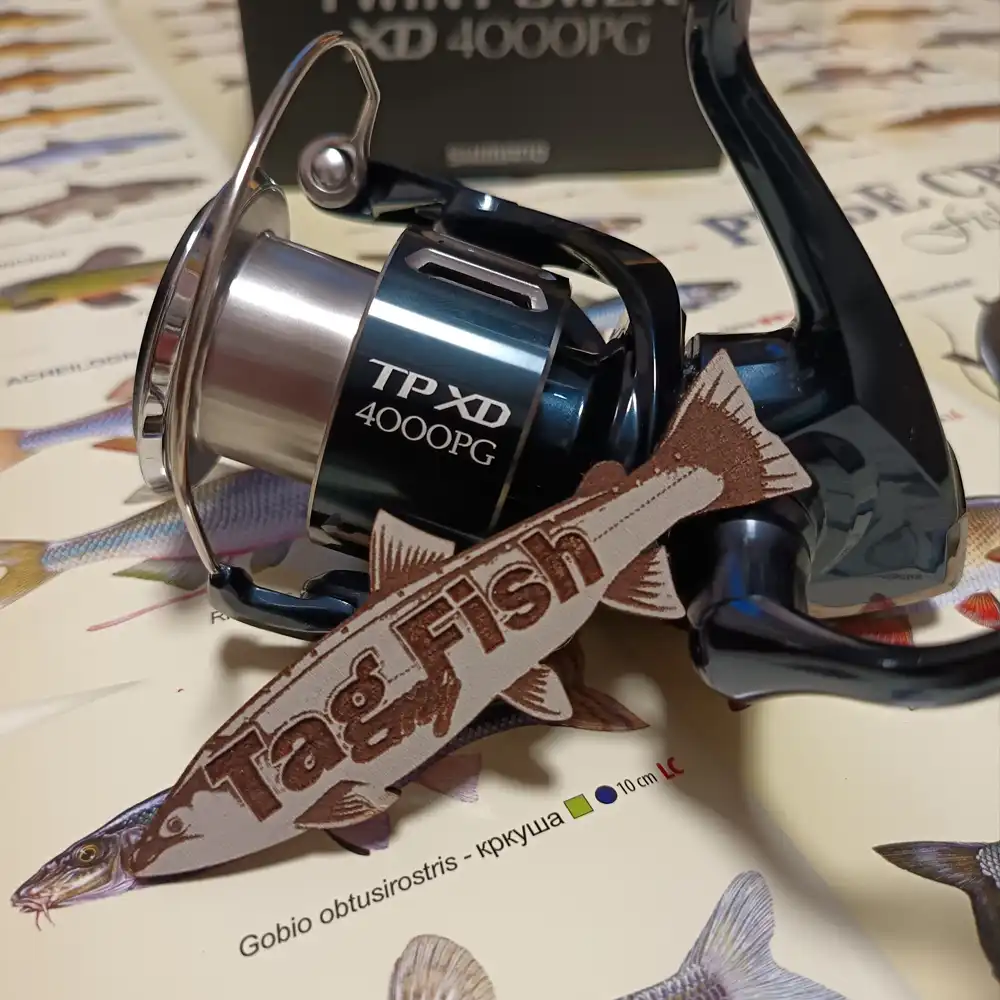Mississippi River

General data
- Name: Mississippi River
- Water system: Gulf of Mexico
- Water type: River
- Source: Lake Itasca
- Progression: Gulf of Mexico -> Atlantic Ocean -> Planet Earth
- Climates: Subtropical, Temperate
- Continents: North America
- Countries: United States of America
The Mississippi River is the second-longest river and chief river of the second-largest drainage system in North America, second only to the Hudson Bay drainage system. From its traditional source of Lake Itasca in northern Minnesota, it flows generally south for 2,340 miles (3,770 km) to the Mississippi River Delta in the Gulf of Mexico. About 375 fish species are known from the Mississippi basin, far exceeding other North Hemisphere river basins exclusively within temperate/subtropical regions, except the Yangtze. Within the Mississippi basin, streams that have their source in the Appalachian and Ozark highlands contain especially many species. Among the fish species in the basin are numerous endemics, as well as relicts such as paddlefish, sturgeon, gar and bowfin. Because of its size and high species diversity, the Mississippi basin is often divided into subregions. The Upper Mississippi River alone is home to about 120 fish species, including walleye, sauger, largemouth bass, smallmouth bass, white bass, northern pike, bluegill, crappie, channel catfish, flathead catfish, common shiner, freshwater drum, and shovelnose sturgeon.

 English
English
 Spanish
Spanish
 German
German
 French
French
 Serbian
Serbian
 Russian
Russian

